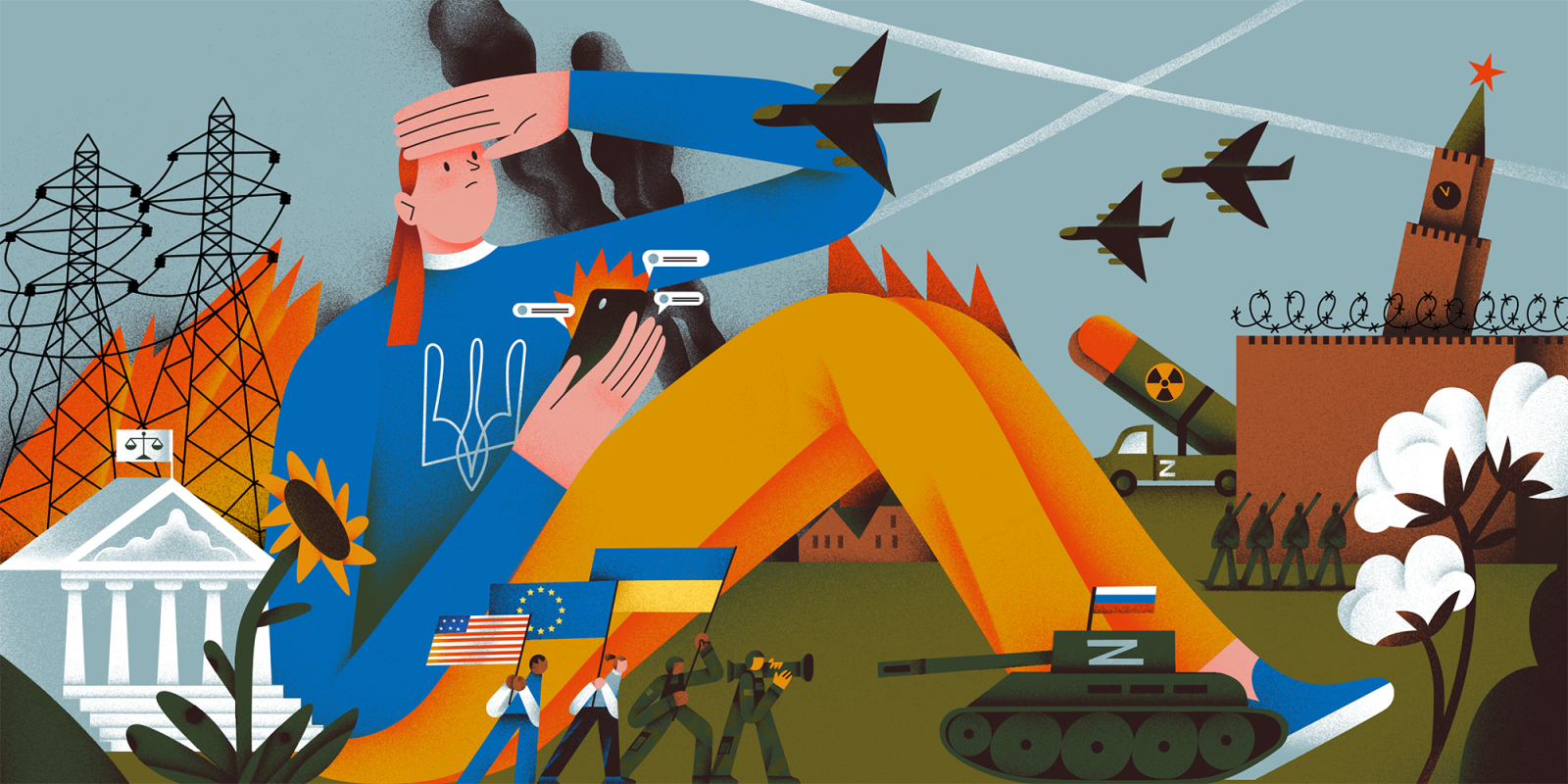Rethinking the War Strategy: The Evolving Landscape for the U.S. and Ukraine
In the complex tapestry of geopolitical conflicts, the U.S.-backed Ukrainian resistance against Russian advances has emerged as a significant flashpoint. As the situation evolves, there is an urgent call for the U.S. and Ukraine to recalibrate their strategy for what appears to be a long-haul conflict. The

In the complex tapestry of geopolitical conflicts, the U.S.-backed Ukrainian resistance against Russian advances has emerged as a significant flashpoint. As the situation evolves, there is an urgent call for the U.S. and Ukraine to recalibrate their strategy for what appears to be a long-haul conflict.
The Lingering Conflict
Despite Ukraine's military advances and its successful breaching of Russia's defensive strongholds, a swift resolution seems elusive. With Russian President Vladimir Putin potentially banking on a change in U.S. leadership to tip the scales in his favor, this war might extend beyond 2024.
Phases of Strategy: A Retrospect
The U.S. initially focused on bolstering Ukraine's defense capabilities to deter Russian invaders. This led to the second phase, aiming for a Ukrainian counteroffensive to reclaim territories. However, the terrain proved more challenging than anticipated, partly because of Putin's unwavering commitment to victory.
Navigating the New Landscape
Redefining Military Strategy: Emulating Western tactics without their inherent advantages has put Ukraine at a disadvantage. There's an emerging consensus on shifting towards a strategy of attrition. This would combine localized offensive operations with long-range strikes to disrupt Russia's supply chains, eroding its military stronghold over time.
Bracing for Escalation: As the war prolongs, the U.S. might need to embrace escalated measures. While the commitment to provide advanced military equipment like Abrams tanks and F-16 fighter jets is a step in that direction, there's also a growing demand for long-range ATACMS missiles to intensify pressure on Russian forces in Ukraine.
Economic Leverage: Economic sanctions have hurt, but not incapacitated, Russia's economy. To amplify the impact, steps like tightening the cap on Russian oil prices are on the table. This would undermine Putin's revenue streams without causing global energy market upheavals.
Balancing Global Responsibilities: A prolonged war in Ukraine would stretch U.S. resources thin. The U.S. must ensure that its focus on Ukraine doesn't weaken its global defensive postures, especially concerning potential conflicts like Taiwan.
Political Undercurrents
The U.S.'s support for Ukraine enjoys broad Congressional backing. However, domestic politics, particularly divisions within the Republican party and the stances of prominent leaders, could influence future funding and support dynamics for Ukraine.
Conclusion
The resilience and prowess displayed by Ukraine, aided by Western support, have been commendable. Yet, the road ahead is fraught with challenges. The evolving nature of this conflict demands that the U.S. and Ukraine pivot their strategies, understanding that their challenges, in this enduring battle, are only just beginning.




